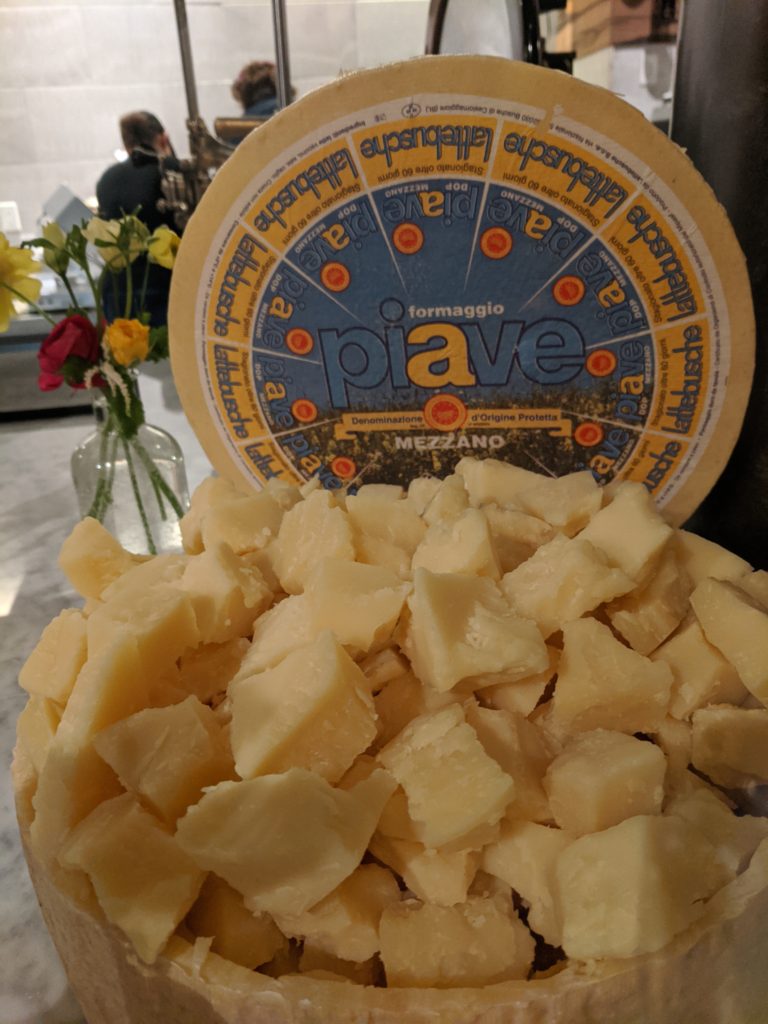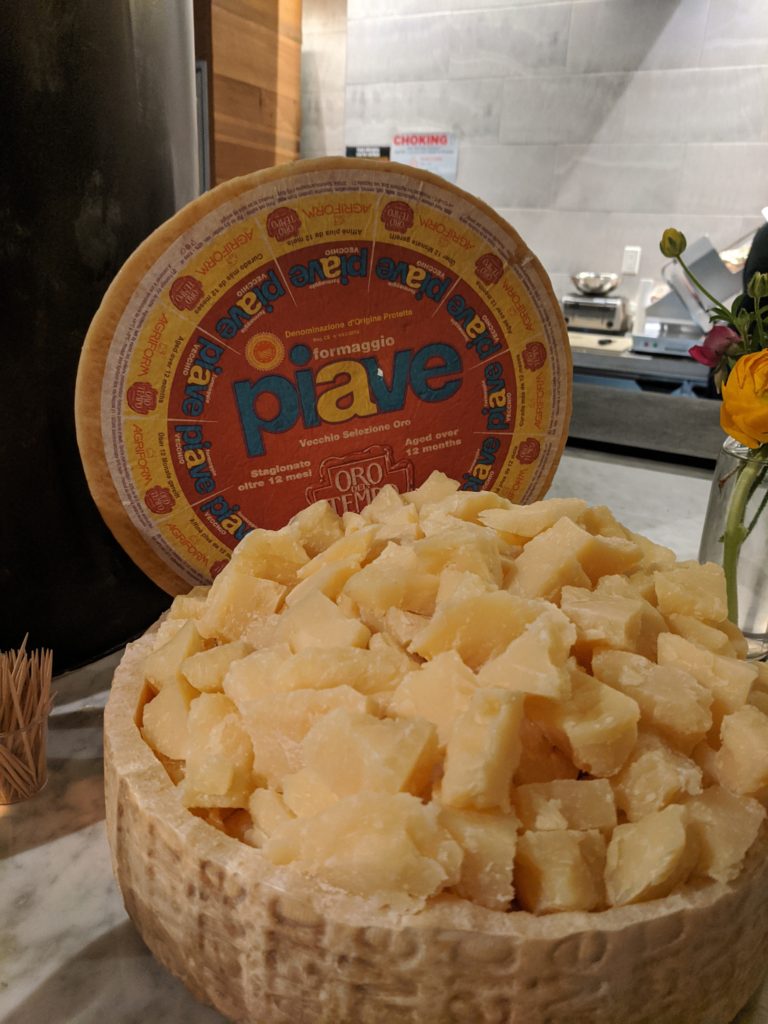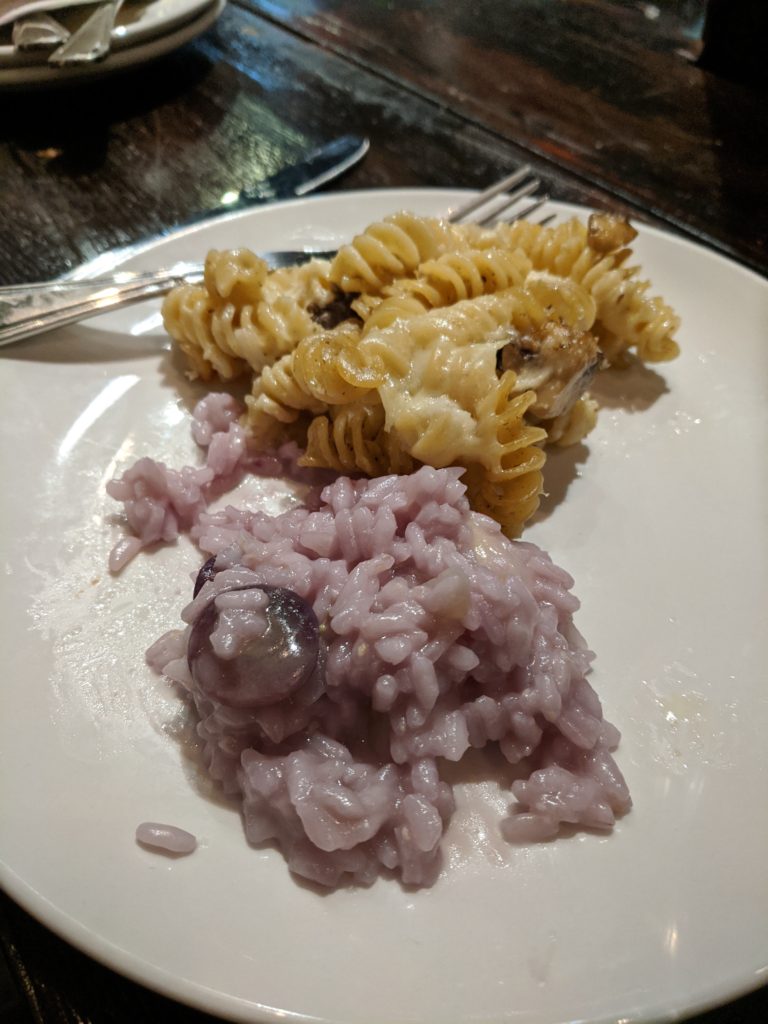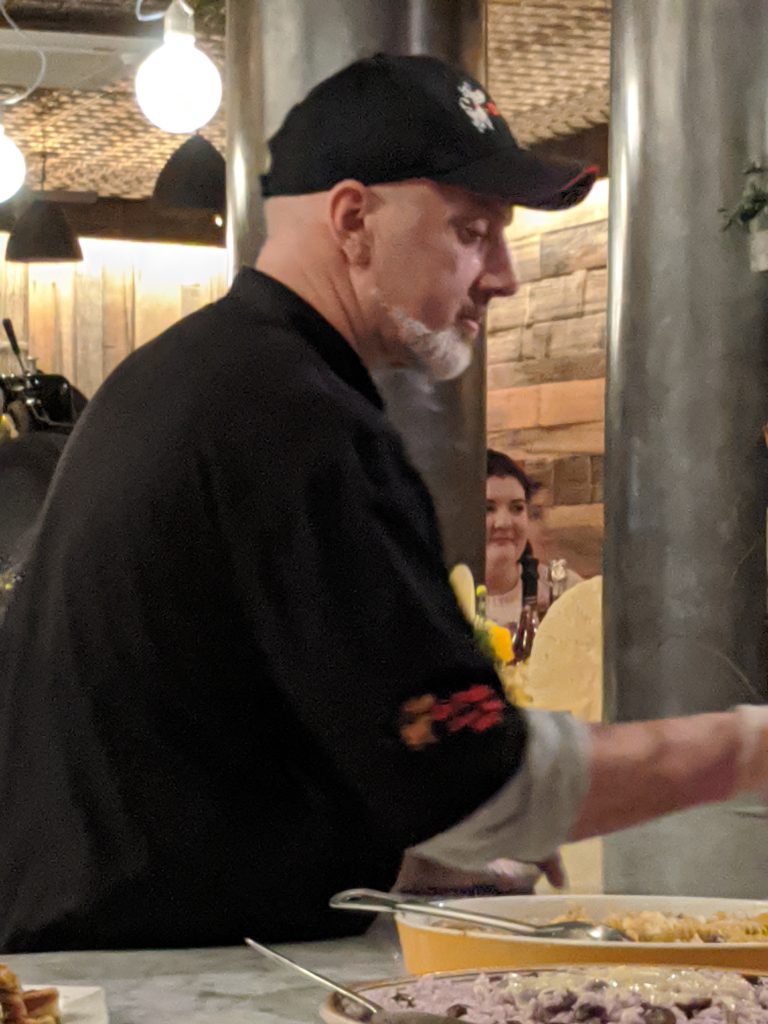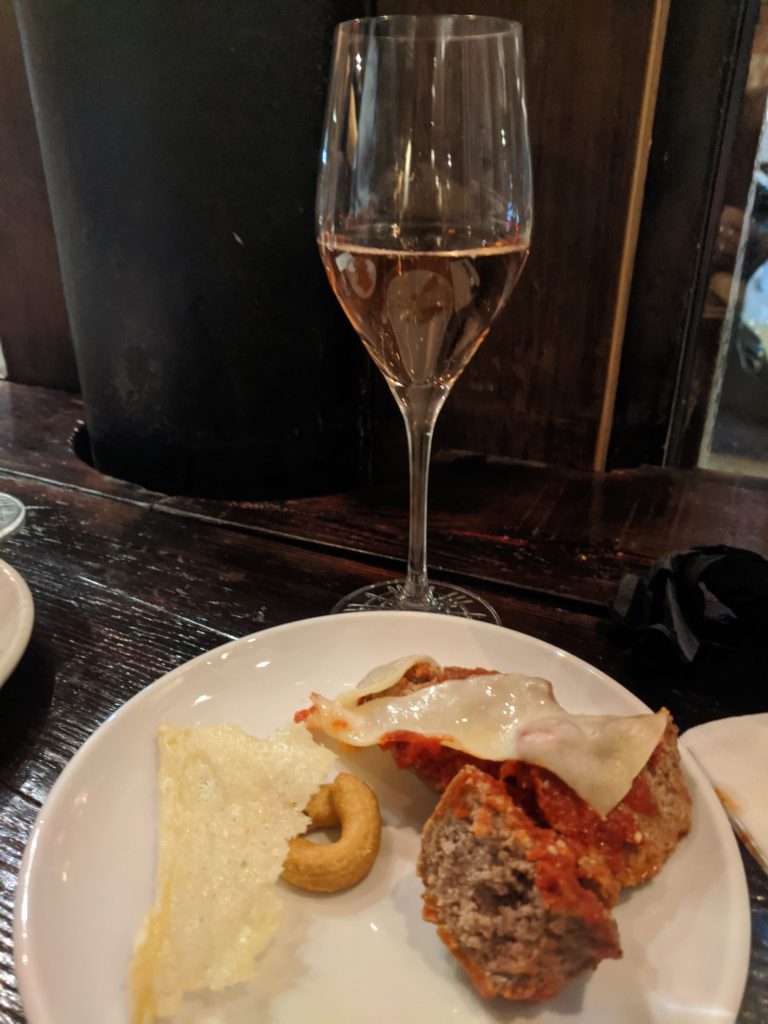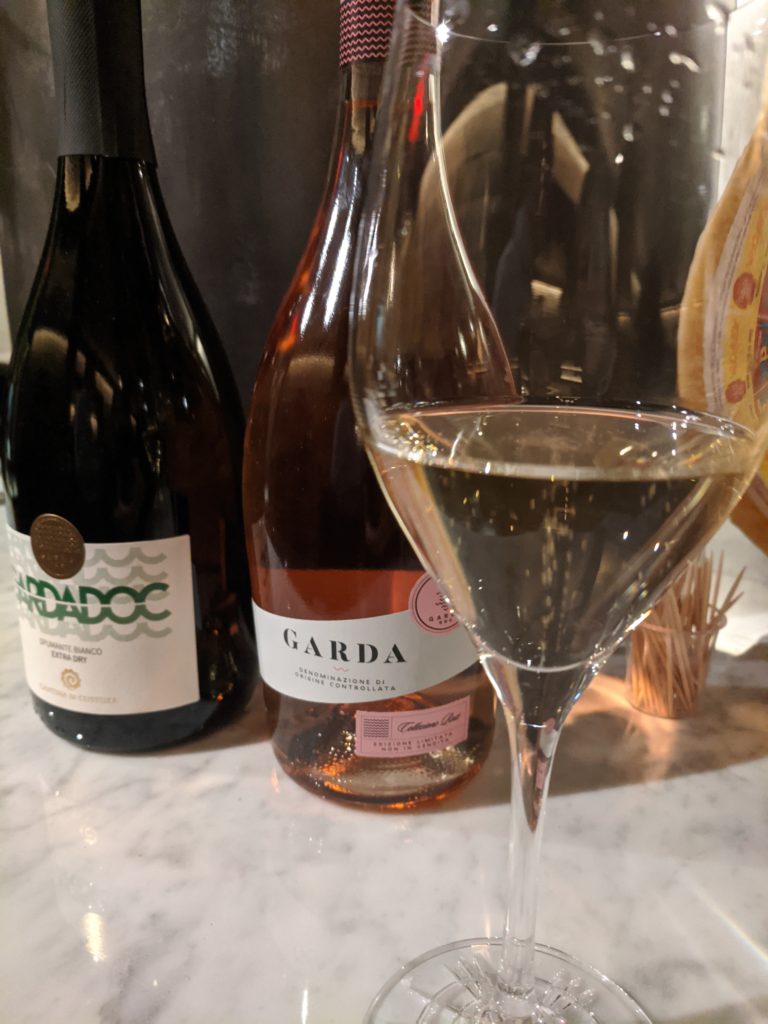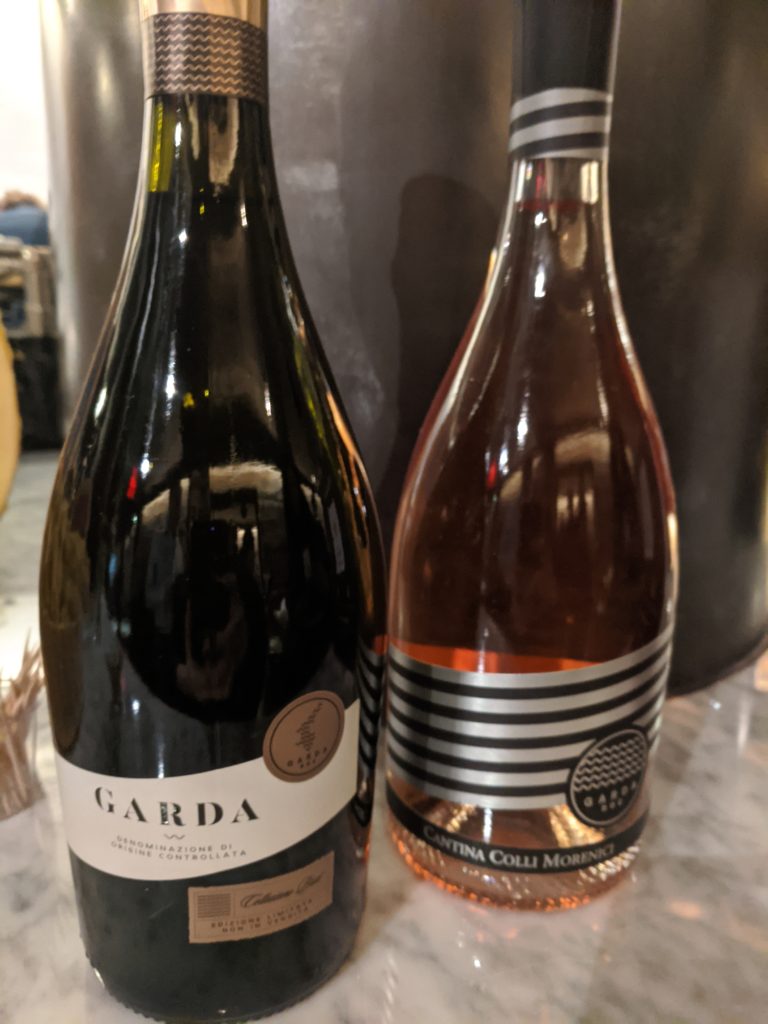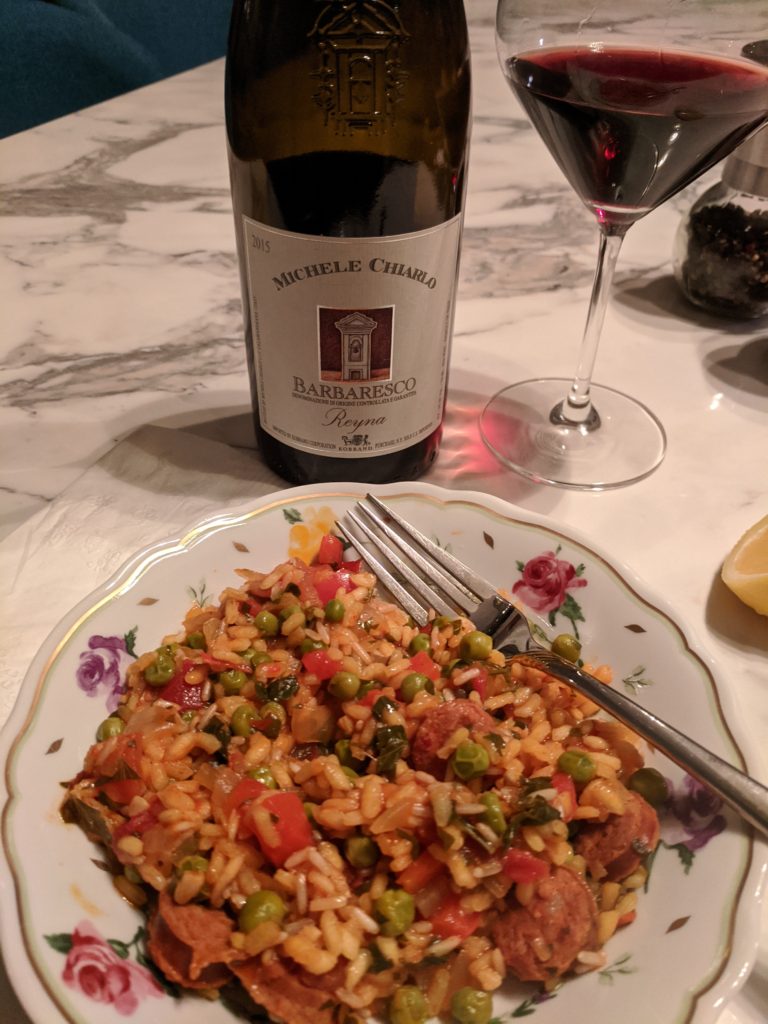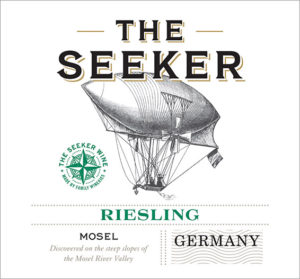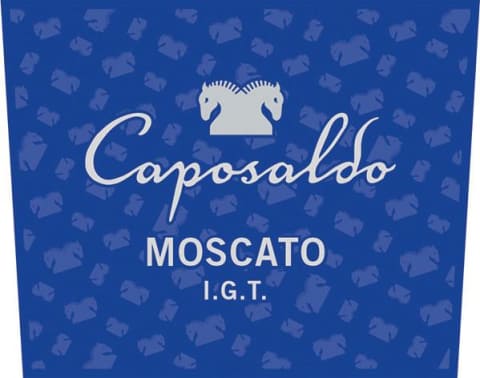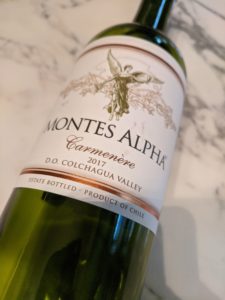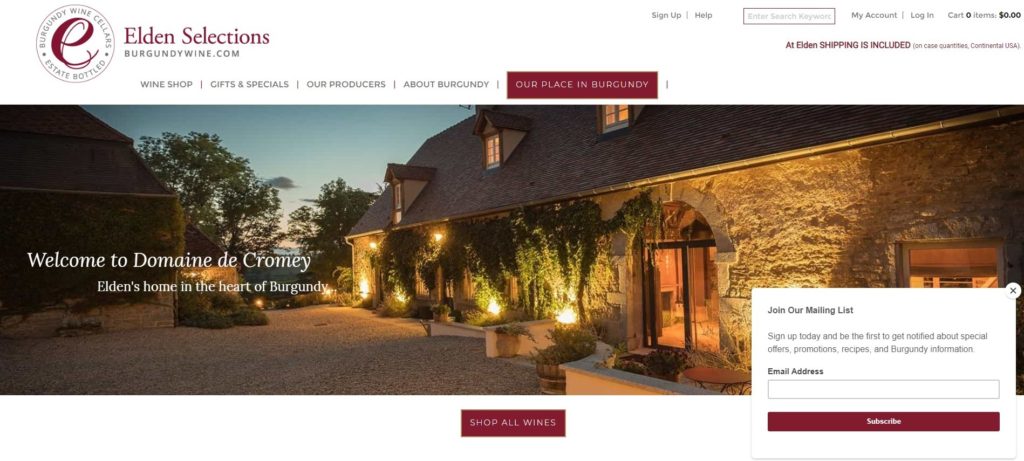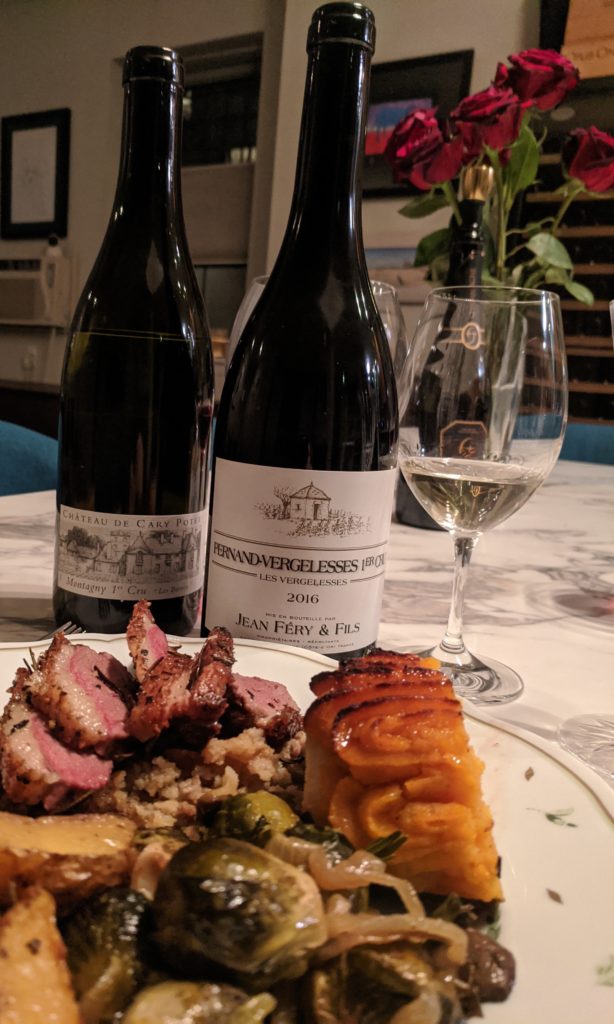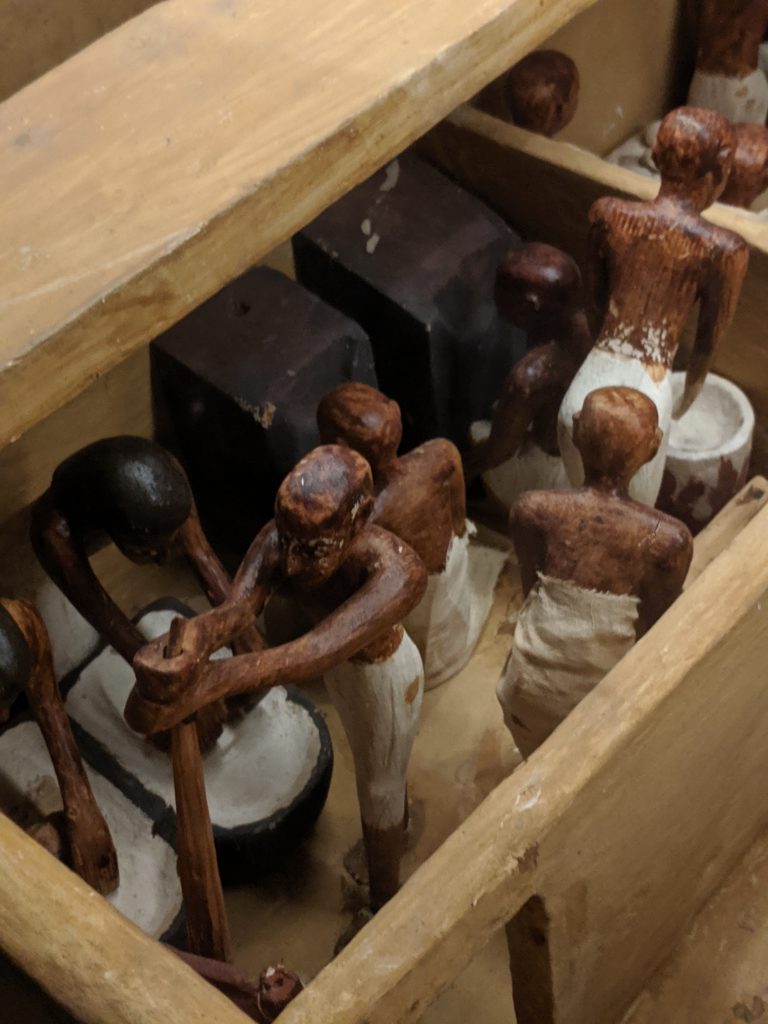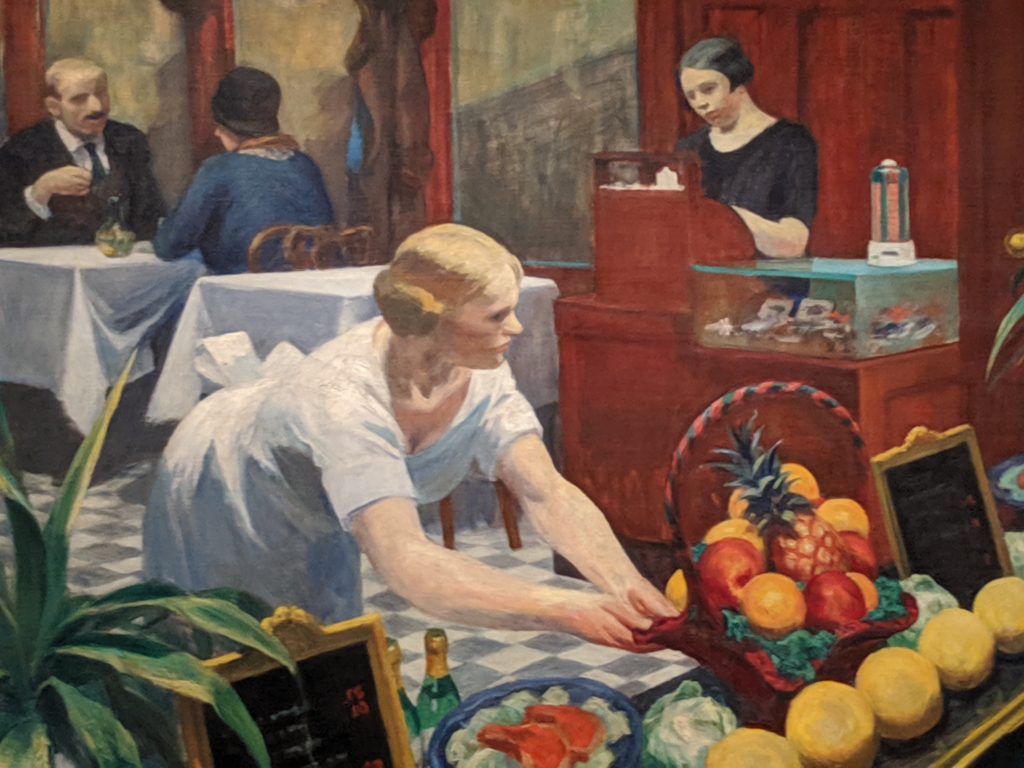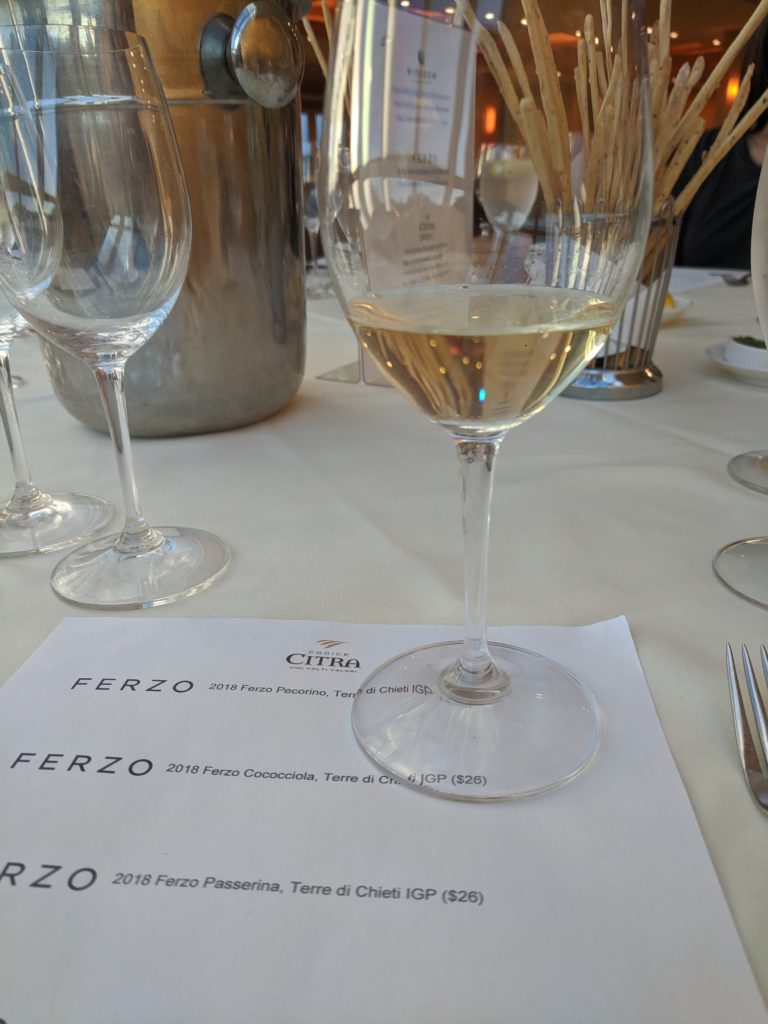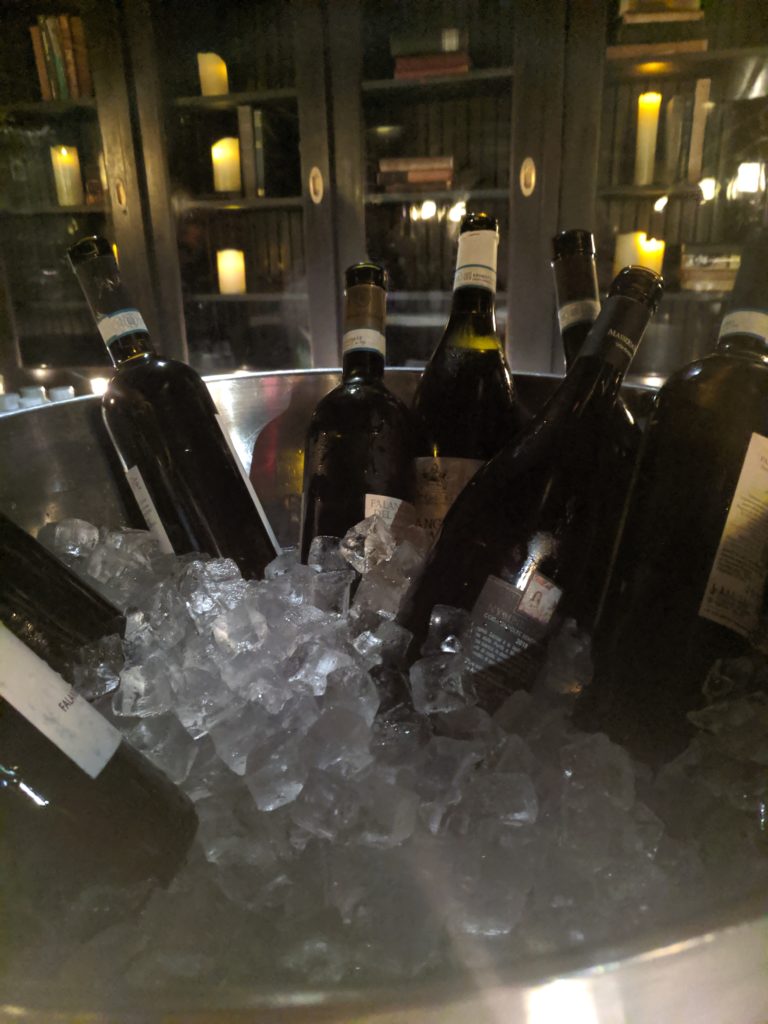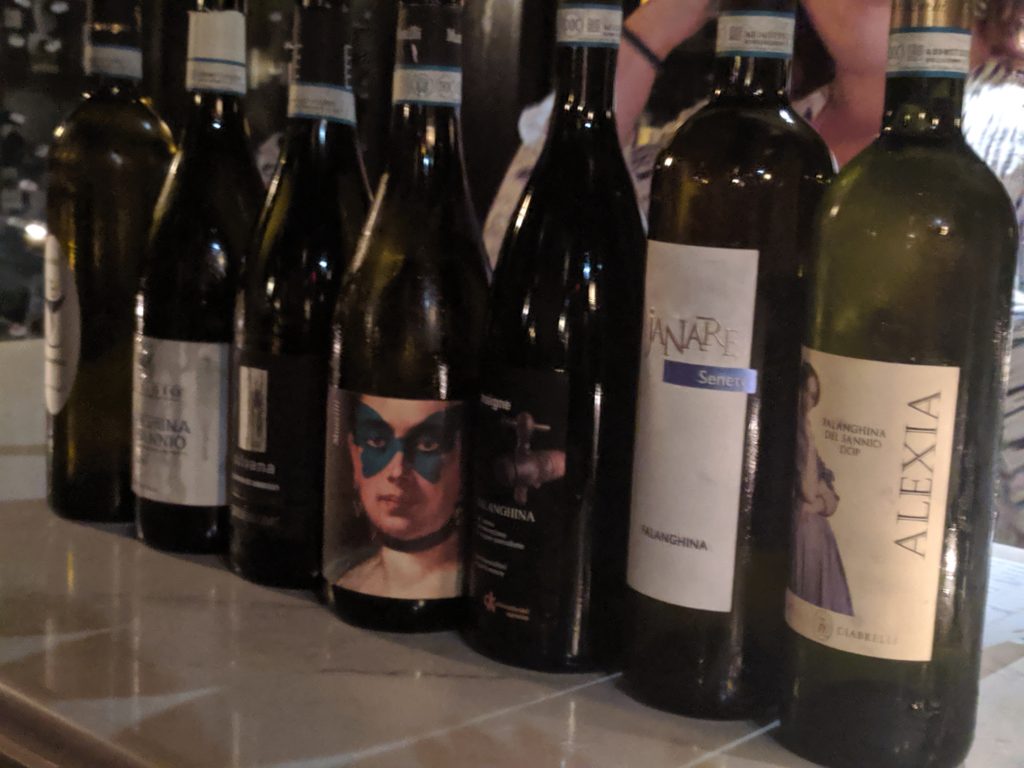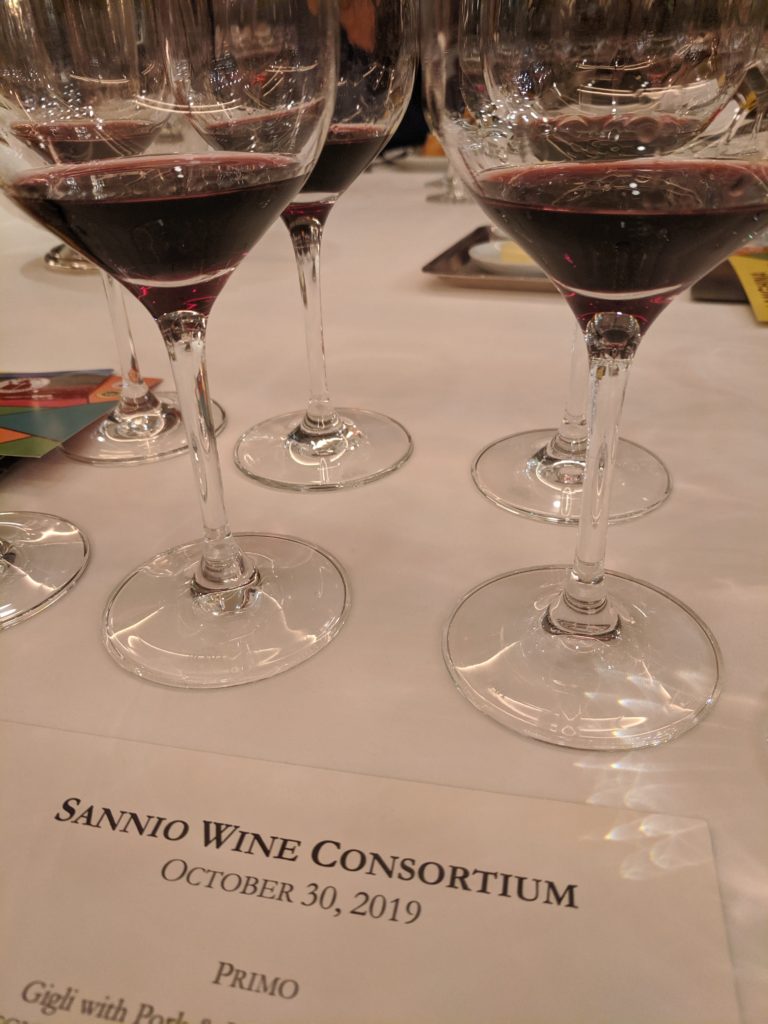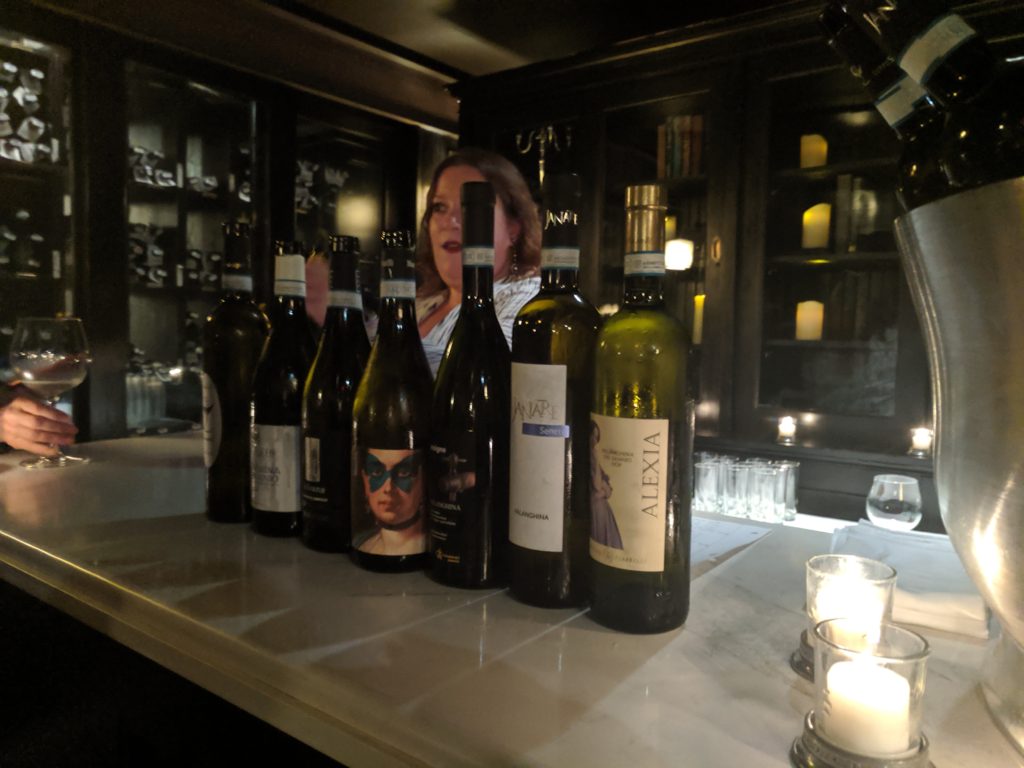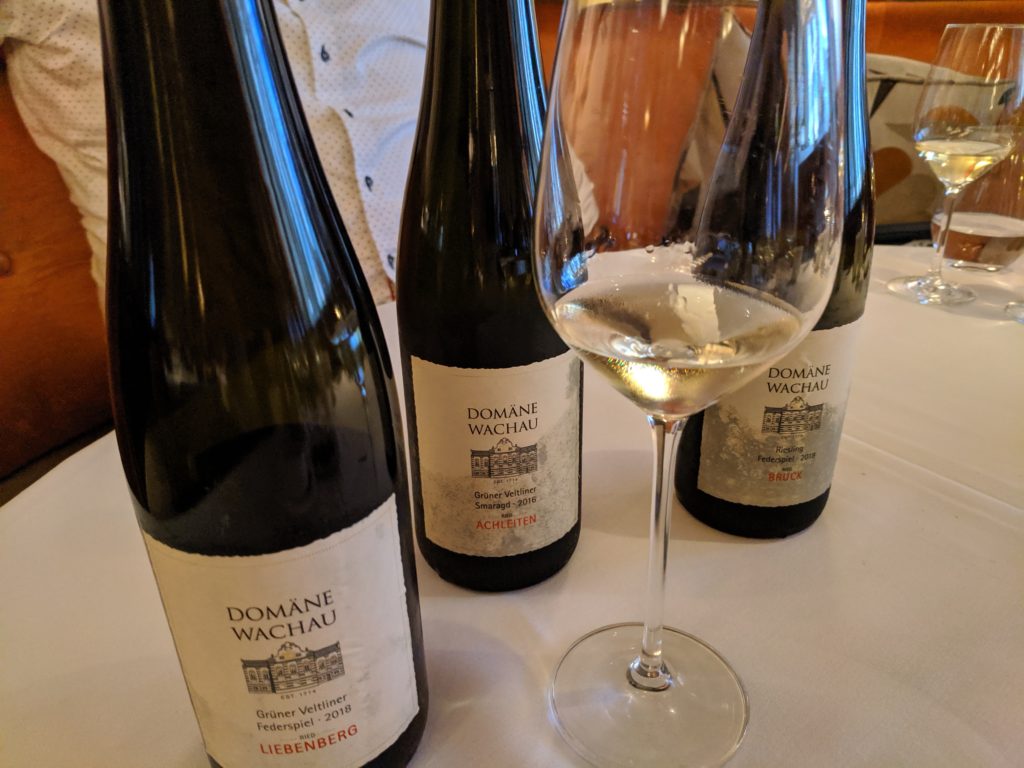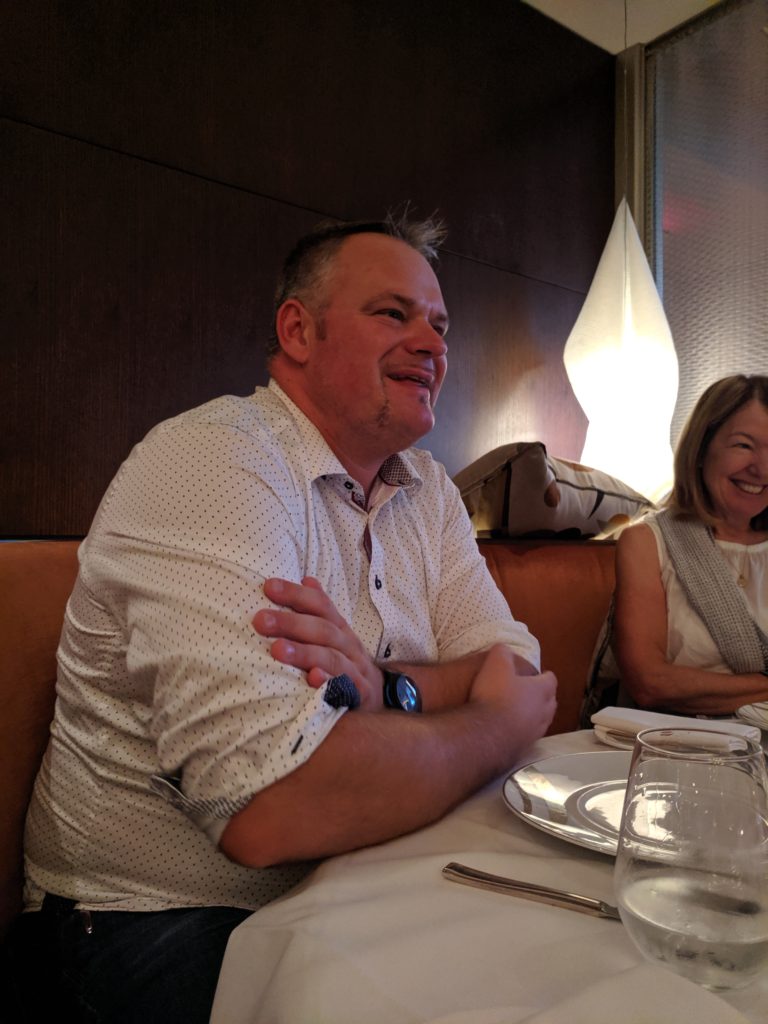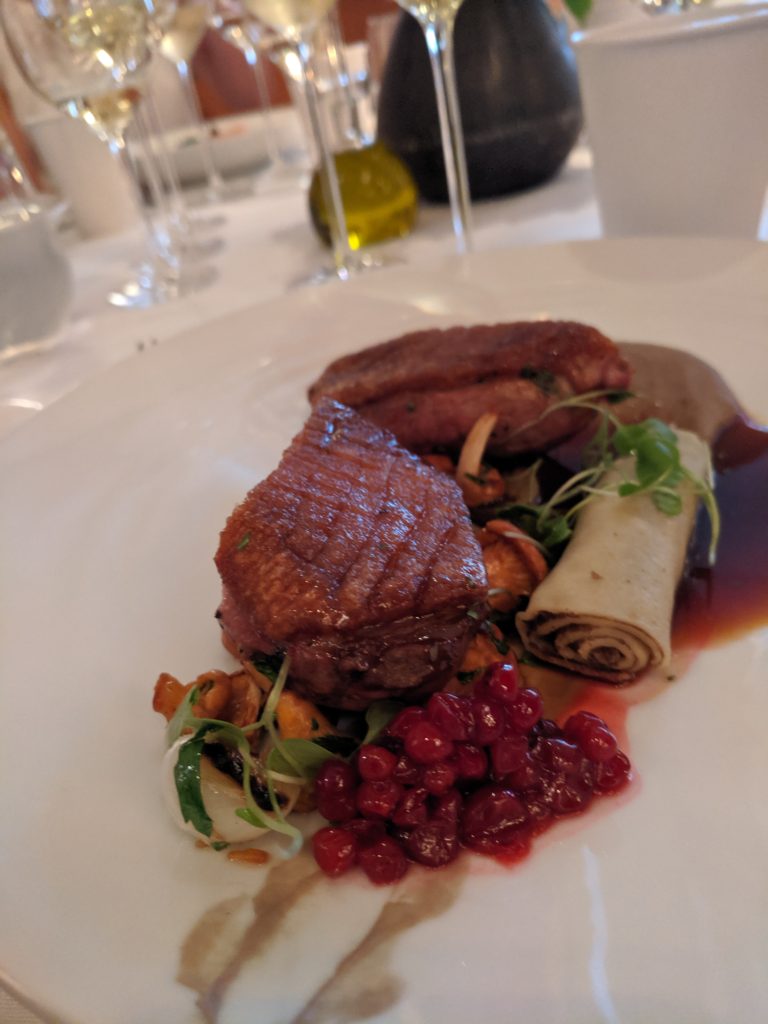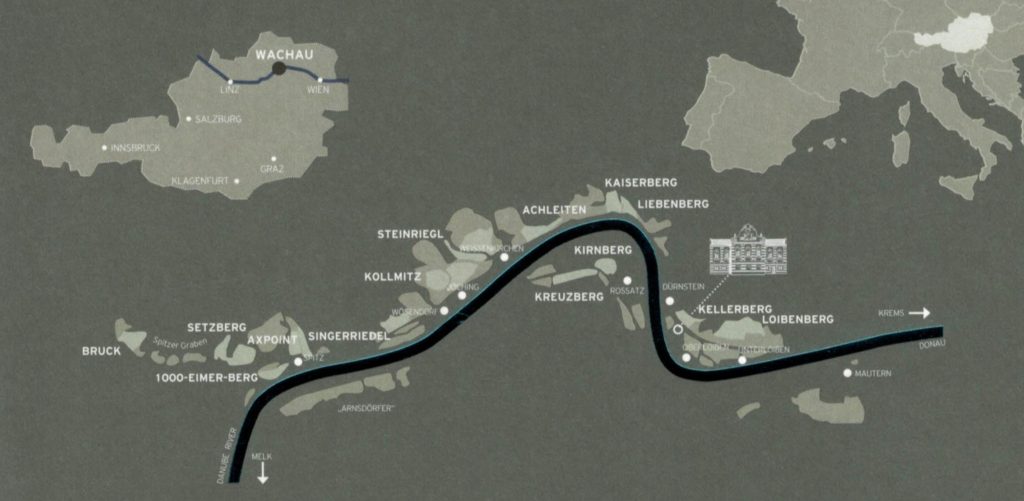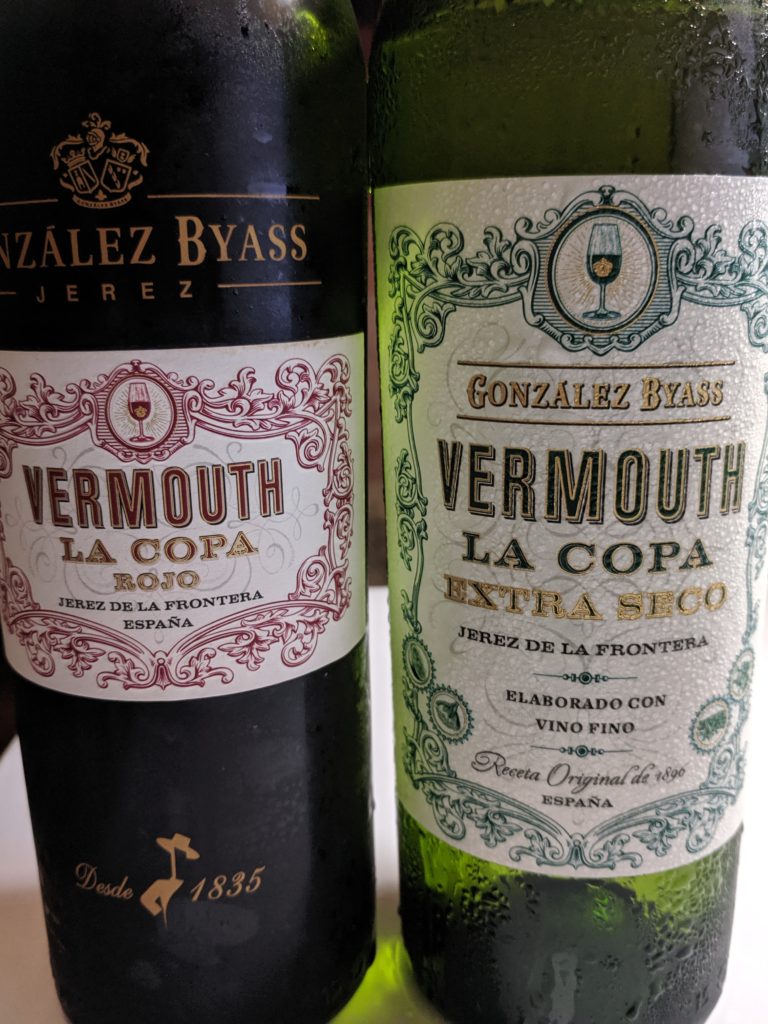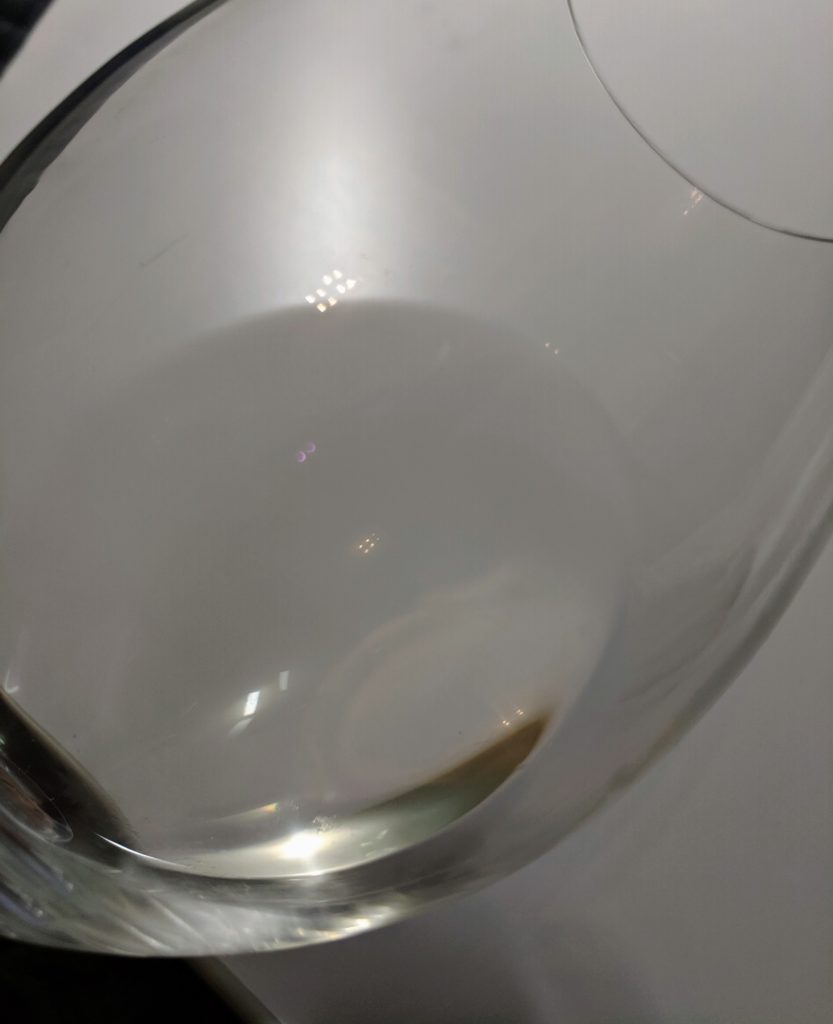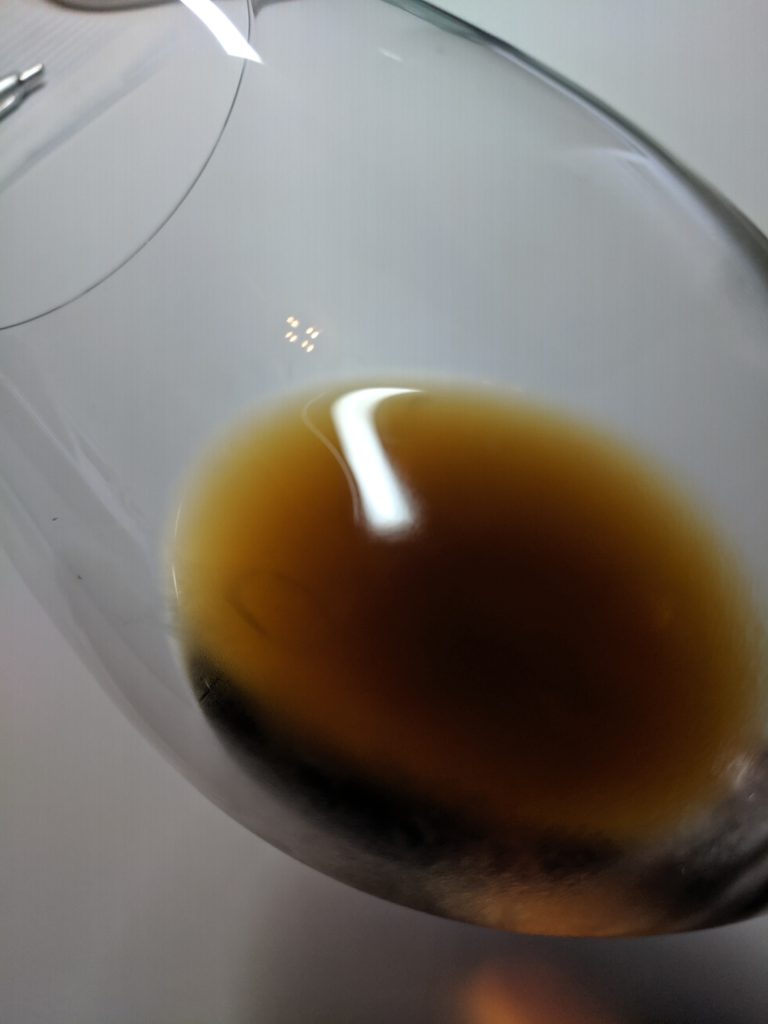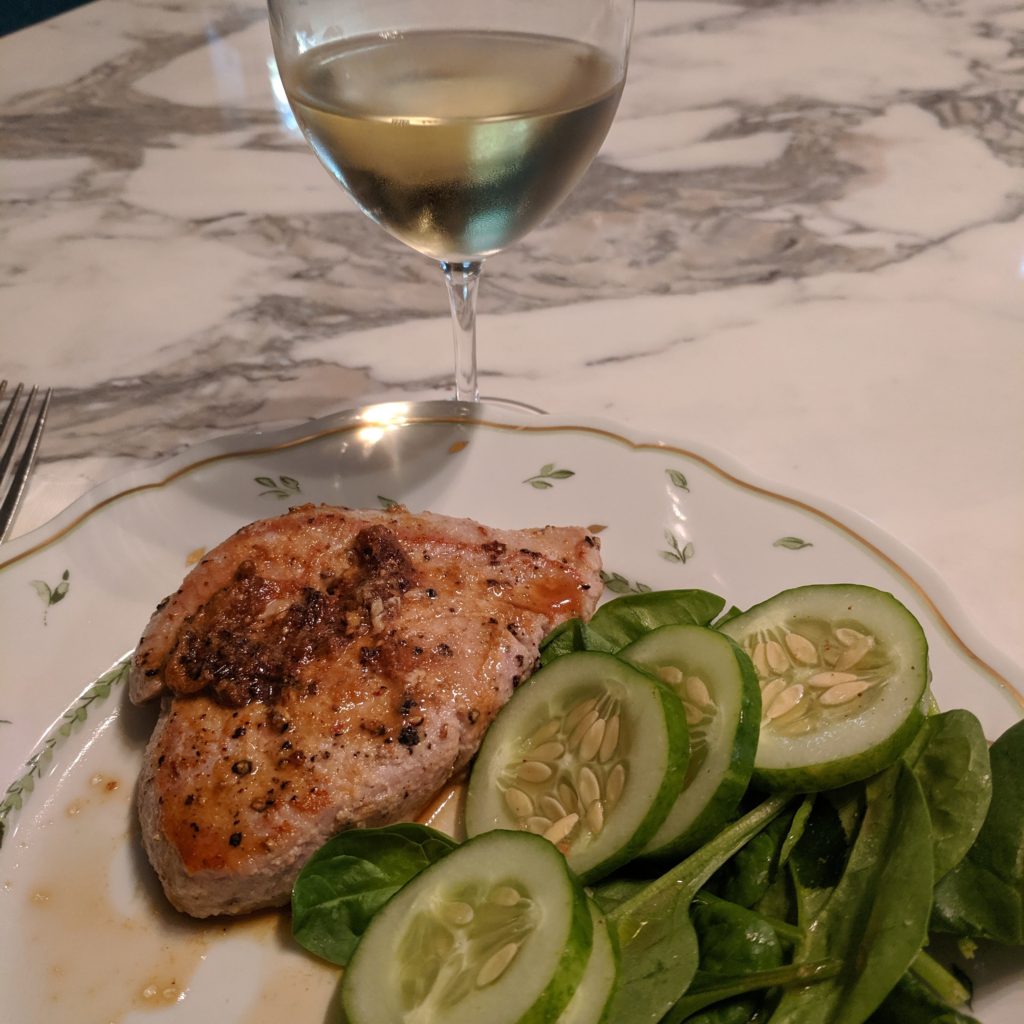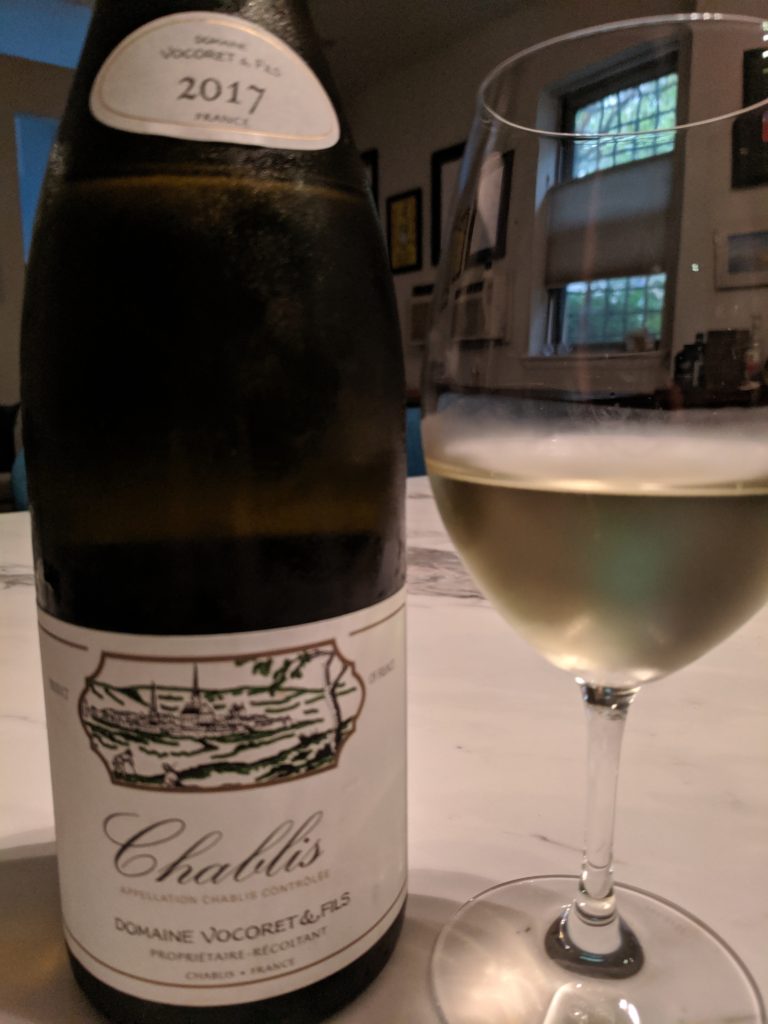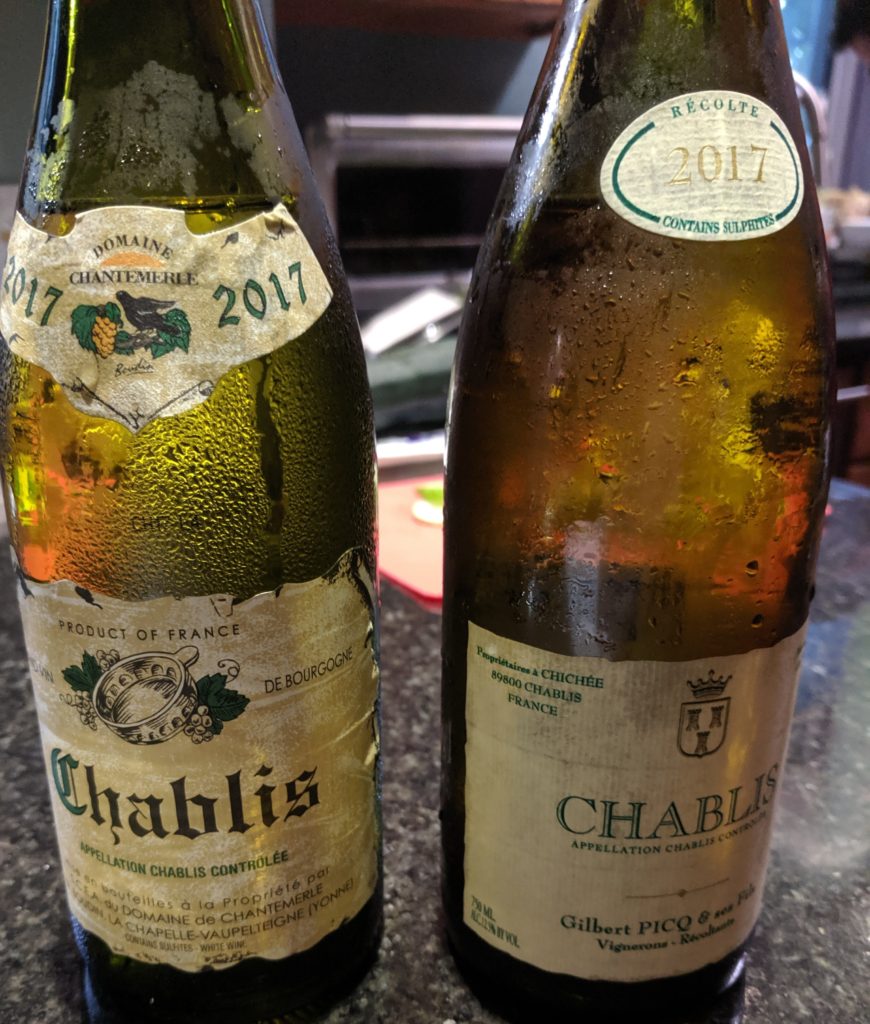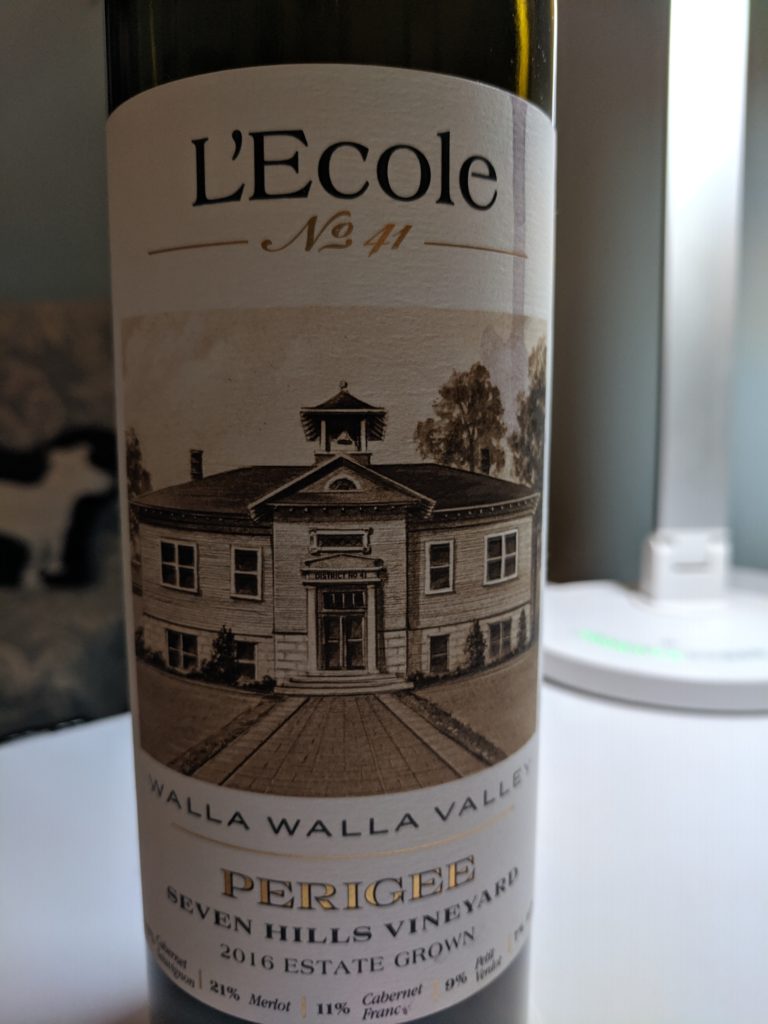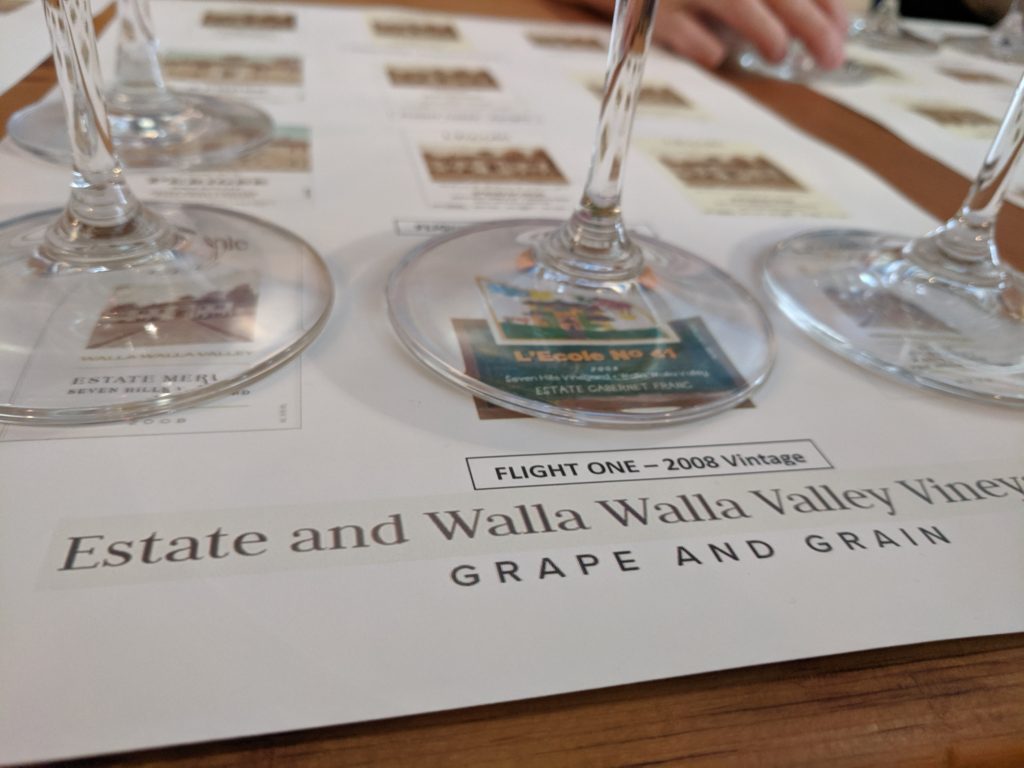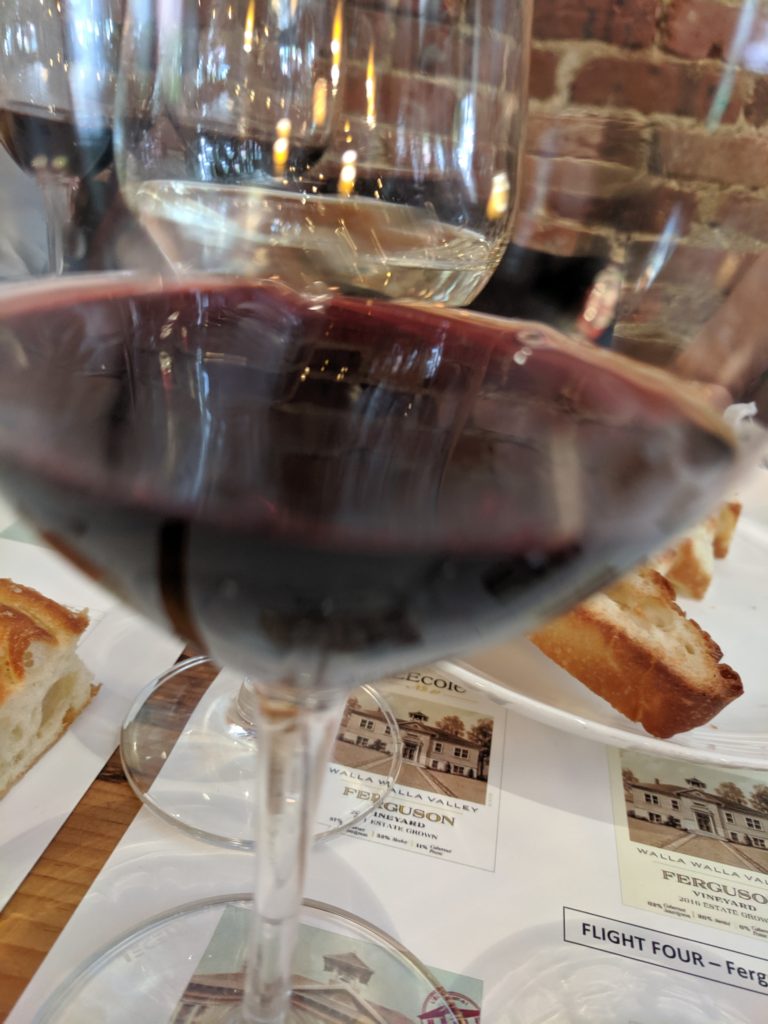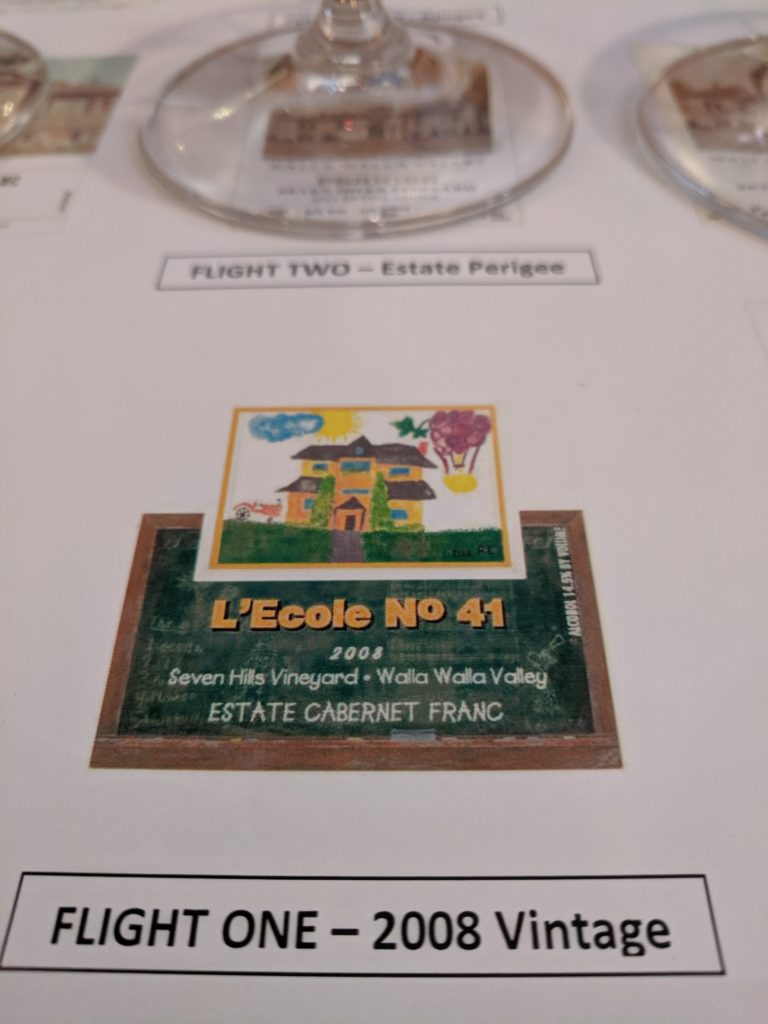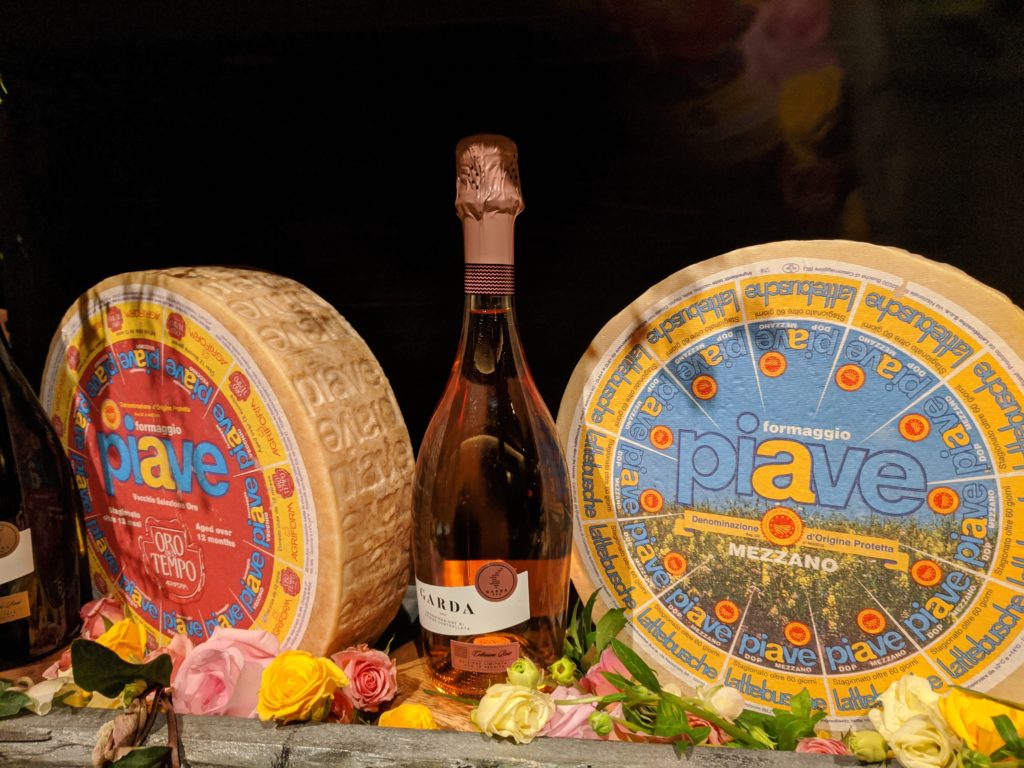
This month, we heard reports of a NASA summer intern, Wolf Cukier, who discovered a new planet. Pretty heady stuff! These days, it is challenging to discover anything new under the sun. We live in a world where we’ve been there, done that and, with globalization, there is a homogenization of culture that pervades. Yet, we still treasure unique products and delight in the discovery of new finds.
Twenty years ago, in search of novel and noteworthy products to sell, Lou Di Palo, head of his family’s business, was fortunate to come across a then-unheard of Italian cheese: Piave. Bringing his new-found discovery to America (or at least to the Italian cheese and specialty shop established in 1903 by his great-grandfather, Savino Di Palo), Lou introduced New Yorkers to this wonderful artisan cheese.
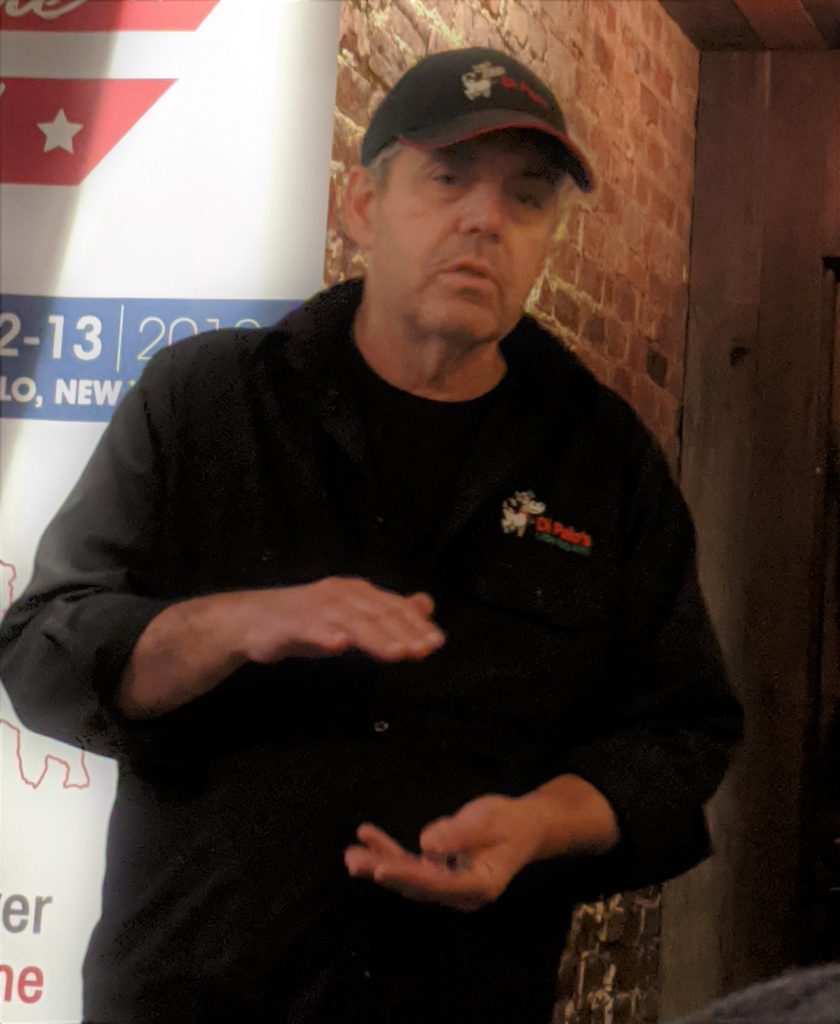
Today, Piave DOP Cheese has become a beloved staple of the American market, finding shelf space in major supermarkets as well as in specialty stores. This traditional cheese hails from the Belluno province near the northern tip of the Veneto region, amidst the Dolomite Mountains.
Historically, the area has been known for its dairy cattle since the 1700s, but as the rural economy declined in the wake of industrialization, it was the cooperative dairies that saved the industry during the 1800s. Yet, despite this lengthy history, the Piave cheese as we know it, named for the local Piave River, dates from 1960. And, more recently, the Piave Consorzio was established in 2010 to protect the brand and quality of the cheese, with an average of 300,000 wheels produced annually.
A hard, cooked, cow’s milk cheese, these cylindrical cheeses are made from fresh milk sourced solely from within the mountain province and limited to three types of cow: Italian Brown, Italian Spotted Red and Italian Friesian (aka Holstein). A special culture from the area accounts for the cheese’s characteristic taste, which is further influenced by its aging process, with flavor intensifying over time. As the cheese ages, the curd becomes darker and harder and the rind increases in thickness and color. Due to the fermentation process involved in its production, it has a low lactose content compared to some other cheeses.
With its fresh, medium, aged and extra old age designations, there are several different options available:
–Piave Fresco (20-60 days)
-Piave Mezzano (61-180 days)
-Piave Vecchio (>180 days)
-Piave Vecchio Selezione Oro (more than 12 months)
-Piave Vecchio Riserva (more than 18 months)
Regardless of your preference, the rich, nutty flavors of the cheese pair well with wine. In this regard, a recent press event hosted at Di Palo’s newest venture: C. Di Palo wine bar, showcased the pairing ability of the cheeses with the wines of
Garda Spumante DOC. These wines, named for Lake Garda and produced just 100 miles away from the Piave DOP area, offered up a fresh and effervescent option to cleanse one’s palate in between bites of cheese. Guests at the happy hour were invited to sample the Piave Mezzano and Piave Vecchio Selezione Oro in their unadulterated, delicious form, as well as a range of dishes prepared by Di Palo’s chef, utilizing both the cheeses and the wines in his recipes.
As Italy’s largest lake, Lake Garda splits its regional allegiance down the middle, with Lombardy to the west and the Veneto to the east. Here, drying breezes and the moderating influence of the lake permit the grapes to ripen sufficiently, while maintaining their bright acidity.

Established in 1996, the corresponding Garda DOC wine area encompasses the cities of Brescia, Mantua, Verona and is home to 10 appellations situated at the southern curve of the lake. It overlaps with other appellations, including the more well-known appellations (aka denominations) of Lugana, Custoza, Valpolicella, Bardolino, Soave and Valdadige.
Although the denomination permits the production of whites, rosés and reds, the core production centers on sparkling wines with 7 million bottles produced annually, with an estimated production increase to 20 million bottles in the next few years. These sparkling (aka spumante) wines may be made using either the Traditional (that used in Champagne) or Charmat (used in Prosecco production) Methods, depending upon the individual producer’s personal preferences. The white Garda DOC Spumante may use Garganega, Pinot Grigio, Trebbiano or Chardonnay, while the Rosé Garda DOC Spumante is produced from Corvina, Rondinella, Pinot Nero or Merlot. The wines range from Brut Nature (no sweetness) to Demi-Sec (dessert style) wines.
With the luscious cheese dishes served alongside the fragrant sparkling wines, it was a perfect evening of food and wine pairings. All in all, a delicious discovery and an embarrassment of riches!


